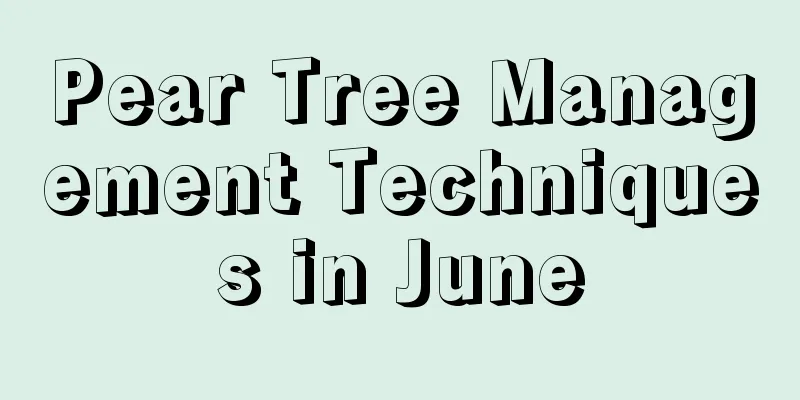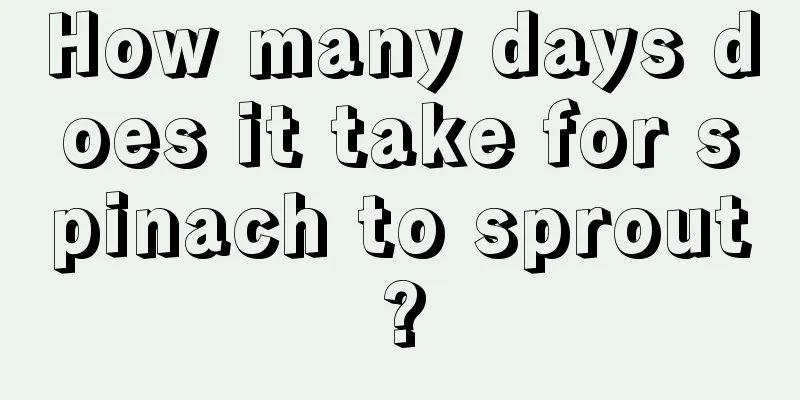Pear Tree Management Techniques in June

|
With the arrival of June, the temperature continues to rise and precipitation also increases, and the fruit trees enter a peak growth period. Orchard management requires special attention during this period. Now let’s learn some pear tree management techniques in June. 1. Bagging Bagging should be done 40 to 50 days after the pear tree flowers are fully open. Bagging too early may make the fruit vulnerable to diseases, affecting the normal expansion of the fruit. It may also be damaged by wind and cause the fruit to fall. Therefore, the timing of bagging needs to be well grasped. If the bag is not securely fixed, rain may wash the pesticide and dust onto the fruit surface, leaving marks, or cause infestation by pests such as pear borer and leaf roller. Especially for green pear varieties such as golden pears, they need to be tied tighter because they are prone to developing a verdigris color. At the same time, be careful to prevent leaves from entering the bag and touching the fruit surface to avoid spots. The light transmittance of the bag is low and the internal temperature is high, which can accelerate the disappearance of chlorophyll and shorten the maturity period. However, if the temperature is too hot and dry, it may cause the fruit to become smaller and harden. Using special storage bags with good light transmittance can produce fruits that mature slowly and have good storage properties. However, in coloring bags with low light transmittance and air permeability, scale insects may appear during harvesting, and the color of the fruit skin may turn reddish and turbid during long-term low-temperature storage. For long-term storage, avoiding the use of coloring bags will help preserve the color of the peel. 2. Core removal and summer pruning Pruning refers to removing unnecessary new shoots growing on the main branches, secondary branches, side branches, etc. It is usually done 2 to 3 times starting in early May, leaving new branches that can be cultivated into side branches. When picking the core, leave one full fruit on each cluster and then remove it. When the distance between fruit clusters is too close, selecting new shoots at intervals of 20 cm can improve lighting conditions and increase the amount of pesticide adhesion. This work needs to be completed before June when the developmental branches are promoted to form axillary flower buds. If the work is carried out after July, or too much is done, it may result in insufficient number of leaves, resulting in smaller fruits. 3. Pest and disease control In early to mid-June, with the change of climate and the increase of humidity, diseases such as black spot and red spot are prone to occur. Black spot disease, in particular, occurs more frequently under rainy, cold and humid conditions and is a disease that causes greater harm. If it rains frequently, the temperature drops, or the weather is cold and humid before and after the flowering period, it is easy for pathogens to invade the fruit or leaves and cause harm. The temperature for leaf infection is 15 to 20℃, with a minimum of 8℃ and a maximum of 25℃. In the presence of water, invasion is complete within 48 hours, and the incubation period is usually 15 to 16 days. In addition, it is also necessary to focus on preventing and controlling pests such as mites, aphids, pear psyllids, pear gall aphids, mealybugs, and pear borers. The above is an introduction to the key points of pear tree management in June. At this time, pear tree growers need to deal with the above issues based on actual conditions.
|
>>: How to grow lotus seedlings? Are they afraid of direct sunlight?
Recommend
How many days does watermelon grow?
The growth process of watermelon is divided into ...
How to graft a pear tree
Cleft grafting It is mainly carried out in spring...
When to fertilize Clivia and what fertilizer is best
1. Time It is necessary to choose the right time ...
How to plant ginger in pots after it sprouts
1. Cut into small pieces Cut the sprouted ginger ...
Brazilian wood likes sun or shade, it likes sunlight but not sunlight
Does Brazilian wood prefer shade or sun? The Braz...
Which variety of osmanthus is suitable for potted plants (which variety of osmanthus is the best and most fragrant for home potted plants)
Osmanthus is one of the traditional four famous f...
When can peach blossom cuttings take root? Can peach blossoms be propagated by cuttings?
1. When to take root It usually takes about a mon...
How to cultivate Jade Flower and what to pay attention to
Jade leaf flower growth habits Jade plant likes w...
How to propagate crape myrtle trees and what to pay attention to
How to propagate the crape myrtle tree Common met...
Cultivation methods and precautions of Qibao tree
1. Lighting management The seven-treasure tree ha...
How to choose a pot for potted daisies
Principles of choosing pots for daisies When grow...
The efficacy and function of bearberry
1. Whitening and beauty care The leaves of bearbe...
What is arugula?
What is arugula? Arugula is an annual plant of th...
How often should I water my dragon beard tree?
1. Different seasons It likes a humid environment...
What to do if the roots of Oxalis are rotten
Causes of root rot The rhizome of Oxalis is small...









